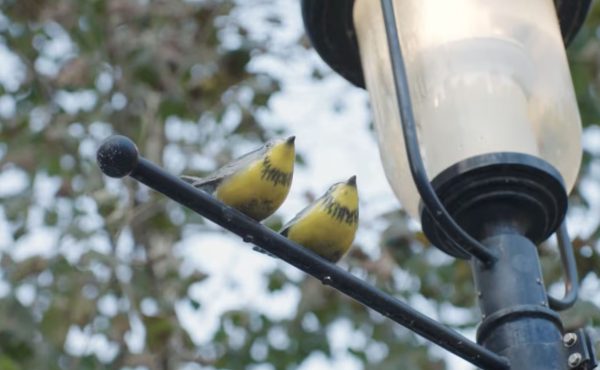
I recently spent a few days in Zagreb, the capital of Croatia. It was the first time I’ve visited an Eastern European post-socialist city and it was interesting reconciling it with the mythical Tito-era Croatia my neighbours back in the suburban Croatian-Canadian ghetto I grew up in told us about. Zagreb is lovely, a city of Austrian-Hungarian buildings spreading out below a forested mountain complete with Vermont-like hiking trails, surrounded by decaying Soviet-style concrete apartment blocks on the periphery that are beautiful to look at but likely less beautiful to live in. Yet the most striking thing about the city is that everything — and I mean nearly everything from the ground to about 9 or 10 feet high — is covered in tags, posters, and bits of public guerrilla art.



It’s a strange moment in Croatia, if moments can be a few years long. The war has been over for more than a decade now, and Croatia is free and open, and some western traditions seem to have exploded (this time of pan-Balkan change is also the subject of the The Culture Lobby, a cultural memory project the two Torontonians I was visiting in Zagreb are just starting). There is likely not enough money right now to put towards cleaning up or painting over the tags, so it looks like the entire city had its bottom dipped in a rainbow paint can — it’s as if an art director for a film was told to make it look gritty and urban and had an unlimited budget. The effect is a bit overwhelming and though I’m no fan of tagging (“selfish” and/or “macho-pissing-contest” are the usual adjectives some of us use), seeing an entire city tagged literally a million times is quite something.




Most of the legible stuff on the walls was in Croatian, but there were bits of English, overt or subtle, that give some indication of what it’s all about. Some people will see bits like the pink pig or this street zine above as the equivalent of mindless tagging, but I think if a piece of street art or graffiti gives something back or reaches out to the passerby in some kind of thoughtful way, it rises above the solipsism of a standard tag and becomes art. That line is somewhat subjective, or course, and we all continue to debate where it should be. And wondering “what is art” goes well beyond this particular medium and is an eternal question.

Like most-civilized-places-on-earth (TM), there are no ads on the garbage bins, but the Zagreb ones all had ashtrays attached to them. If you smoke and want to do it guilt free like Bogart, go to Croatia, as there is no such thing as a non-smoking section (restaurants and airports included). People smoked like it was the 1960s again, with prices ($2 a pack) to match.
(More photos of Zagreb tags can be found on the Spacing Flickr photostream).




One comment
funny, I was just there a week ago.
Great city, my favourite destination in Croatia.
I loved the tram system but was really disappointed to see all of the billboards in the city especially the massive ones that cover almost every large scaffolding erection. It seemed as if a fair number of teh prominent older buildings were completely hidden by massive Coke ads and other useless product adverts.
Hopefully this practice of cladding scaffolding won’t start here althougth if you consider Yonge and Dundas then it already has.
Split had some beautiful pieces of public infrastructure and the Sea Organ installed in the promenade in Zadar has to be the coolest and most beautiful piece of public art I have ever seen or heard. Check it out on Wikipedia (Google Sea Organ and Zadar) they have a sound clip too….